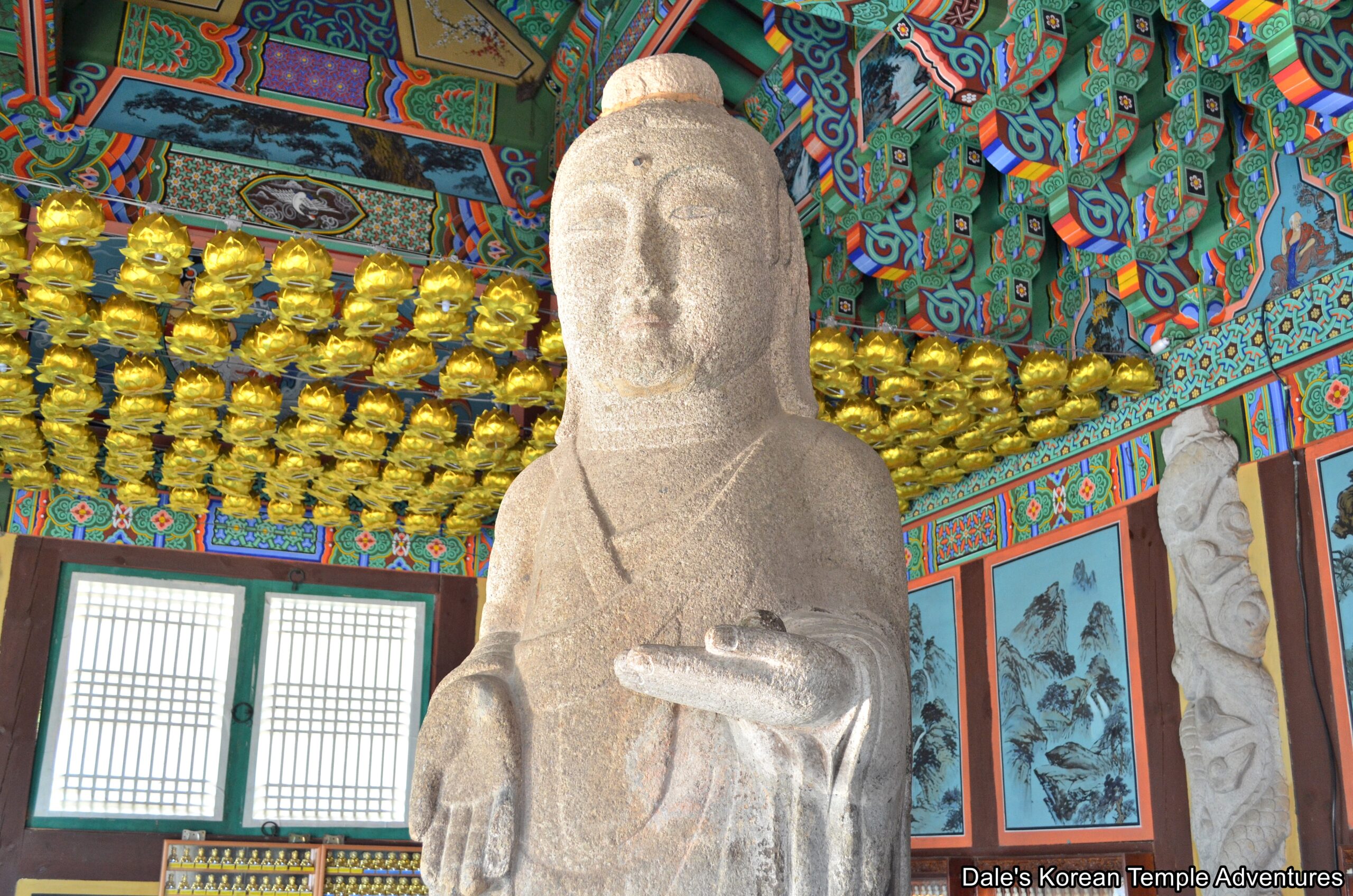
Temple History
Bulgulsa Temple, which means “Buddha Cave Temple” in English, is located to the north of Mt. Muhaksan (588.4 m) in northern Gyeongsan, Gyeongsangbuk-do. Purportedly, Bulgulsa Temple was first constructed in 690 A.D. by the famed monk Wonhyo-daesa (617-686 A.D.). But this would be rather difficult, since Wonhyo-daesa died in 686 A.D. After its initial founding, very little is known about the temple’s history. However, it’s believed that at the height of its popularity, there were 50 buildings housed at the temple, as well as 12 hermitages directly associated with Bulgulsa Temple up until the mid-Joseon Dynasty (1392-1910).
In 1723, Bulgulsa Temple was reconstructed; however, it was largely damaged by a landslide caused by flooding in 1736. Eventually an older monk from Songgwangsa Temple in Suncheon, Jeollanam-do rebuilt the temple. And from 1860 to 1939, other parts of the temple were reconstructed, as well.
In 1988, the original site of the Daeung-jeon Hall was located and a sari from India of Seokgamoni-bul (The Historical Buddha) was enshrined at Bulgulsa Temple. This enclosure at Bulgulsa Temple is known as a Jeokmyeol-bogung, which means “Silent Nirvana Treasure Palace” in English.
In total, Bulgulsa Temple is home to one Korean Treasure, it’s the “Three-Story Stone Pagoda of Bulgulsa Temple,” which is Korean Treasure #429.
Temple Layout
As you first approach the elevated temple grounds from the temple parking lot, you’ll notice a simple Jong-ru Pavilion slightly protruding above the stone barrier wall. Up a set of uneven stairs, you’ll enter into the main temple courtyard. To your left is the simplistic Jong-ru Pavilion with a large bronze bell inside it. To your right, on the other hand, are the monks’ dorms and administrative office.
Straight ahead lays the main hall at Bulgulsa Temple. Out in front of the main hall is the “Three-Story Stone Pagoda of Bulgulsa Temple,” which is the only Korean Treasure at the temple. The pagoda is a three-story structure, which dates back to 690 A.D. The pagoda consists of a two-layered stylobate. The pagoda has a long and large stone foundation. The middle stone of the top layer of the stylobate is engraved with pillar patterns at its corners and at the centre of each side, as well. As for the body of the pagoda, both the core and roof stones are made from a single piece of stone. All of the corners of the core stones are engraved with pillar patterns, and the roof stones taper upwards at each end. In fact, these corners rise quite sharply. As for the finial, all that remains is the base which resembles an over-turned bowl. In total, the pagoda stands 7.43 metres in height; and overall, it’s quite well preserved.
Beyond this historic pagoda stands the main hall at Bulgulsa Temple. The main hall at Bulgulsa Temple is known a Jeokmyeol-bogung. The exterior walls to this hall are adorned with a nice collection of the Shimu-do (Ox-Herding Murals). Stepping inside the Jeokmyeol-bogung, you won’t find a triad resting on the main altar; instead, what you’ll find is a window (reminiscent of the Daeung-jeon Hall at Tongdosa Temple) that looks out on a stone enclosure with an intricate stupa at its centre. Housed inside this stone stupa are the sari from India of Seokgamoni-bul (The Historical Buddha). As for the rest of the interior of the main hall, you’ll find a Shinjung Taenghwa (Guardian Mural) on the far right wall, as well as seated statues of the Buddha with white paper hats on their heads.
To the right of the main hall is a diminutive Dokseong/Sanshin-gak Hall. Housed inside this hall are two rather plain shaman deity paintings of Dokseong (The Lonely Saint) and Sanshin (The Mountain Spirit). Also in this area is the Jijang-jeon Hall. This shrine hall is rather long and narrow, and it houses a solitary statue dedicated to Jijang-bosal (The Bodhisattva of the Afterlife). This main altar statue is joined by an assortment of paintings lining the interior walls of the shrine hall including paintings dedicated to Munsu-bosal (The Bodhisattva of Wisdom), Bohyeo-bosal (The Bodhisattva of Power), and Gwanseeum-bosal (The Bodhisattva of Compassion).
To the left of the main hall is a shrine hall that houses the ancient stone statue of the Buddha. Officially known as the “Standing Stone Buddha Statue of Bulgulsa Temple,” the stone statue is Gyeongsangbuk-do Property Material #401. In total, the statue stands 2.33 metres in height, but the date of its creation is unknown. The statue is placed on a natural ridge of rock. As for the statue itself, it has a chubby face, and it holds a jar in its left hand. However, it’s unknown if the jar was originally there because the left hand was so damaged that it was repaired. Also, the face underwent some repair, as well.
And to the left of this shrine hall is the Gwaneum-jeon Hall. Out in front of this newly built temple shrine hall is a beautiful pond lined with flowers. Stepping inside the Gwaneum-jeon Hall, you’ll find a large statue dedicated to Gwanseeum-bosal on the main altar. This image is lined by a fiery mandorla and backed by a beautiful, black mural also dedicated to the Bodhisattva of Compassion. And adorning the interior of the Gwaneum-jeon Hall are smaller statues of the Bodhisattva of Compassion housed inside their own tiny little enclosures.
Also of interest to some, and perched to the southwest of Bulgulsa Temple, is Hongjuam Hermitage. Unfortunately, I didn’t have the time to visit, but I’ll save that for a future visit. If you do have the time, however, I highly recommend a visit to the cliffside hermitage filled with images of Seokgamoni-bul, Dokseong, and Yaksayeorae-bul (The Medicine Buddha, and the Buddha of the Eastern Paradise). It’s a bit of a climb to the hermitage, so be prepared.
How To Get There
Because of its rather remote location, the only way to get to Bulgulsa Temple from the neighbouring city of Gyeongsan is by taxi. And to get to Bulgulsa Temple from the Gyeongsan Intercity Bus Terminal, it’ll take 45 minutes, over 26 km, and it’ll cost you around 38,000 won (one way).
Overall Rating: 6.5/10
There are quite a few highlights for visitors to enjoy at Bulgulsa Temple starting with the “Three-Story Stone Pagoda of Bulgulsa Temple” and continuing on towards the Jeokmyeol-bogung and the stone stupa that purportedly houses sari (crystalized remains) of the Buddha, Seokgamoni-bul. Additionally, the “Standing Stone Buddha Statue of Bulgulsa Temple” is quite impressive, as is the newly built Gwaneum-jeon Hall and the pond out in front of it. And if you have the time and energy, a hike up to Hongjuam Hermitage is well worth it, as well.

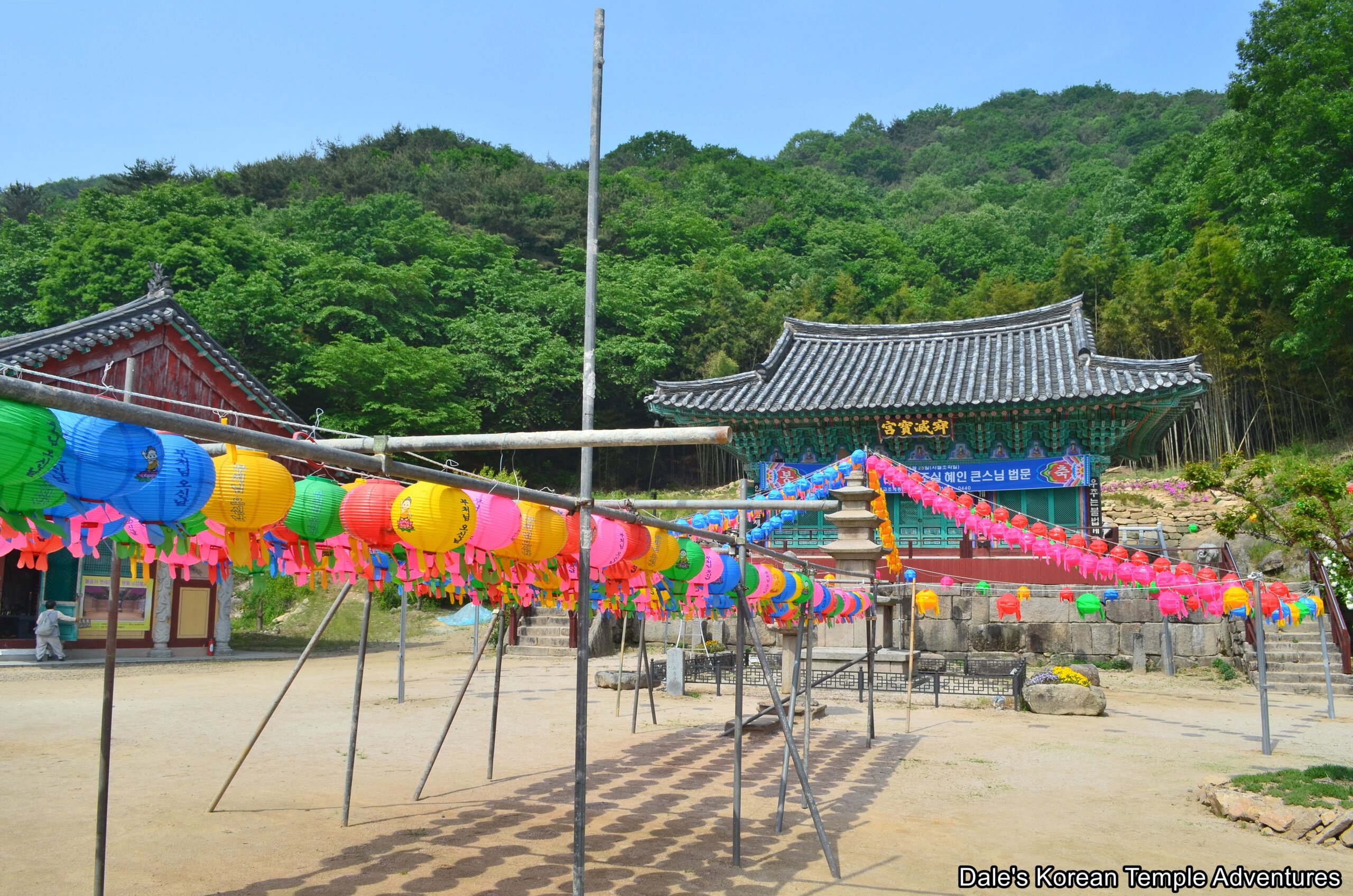

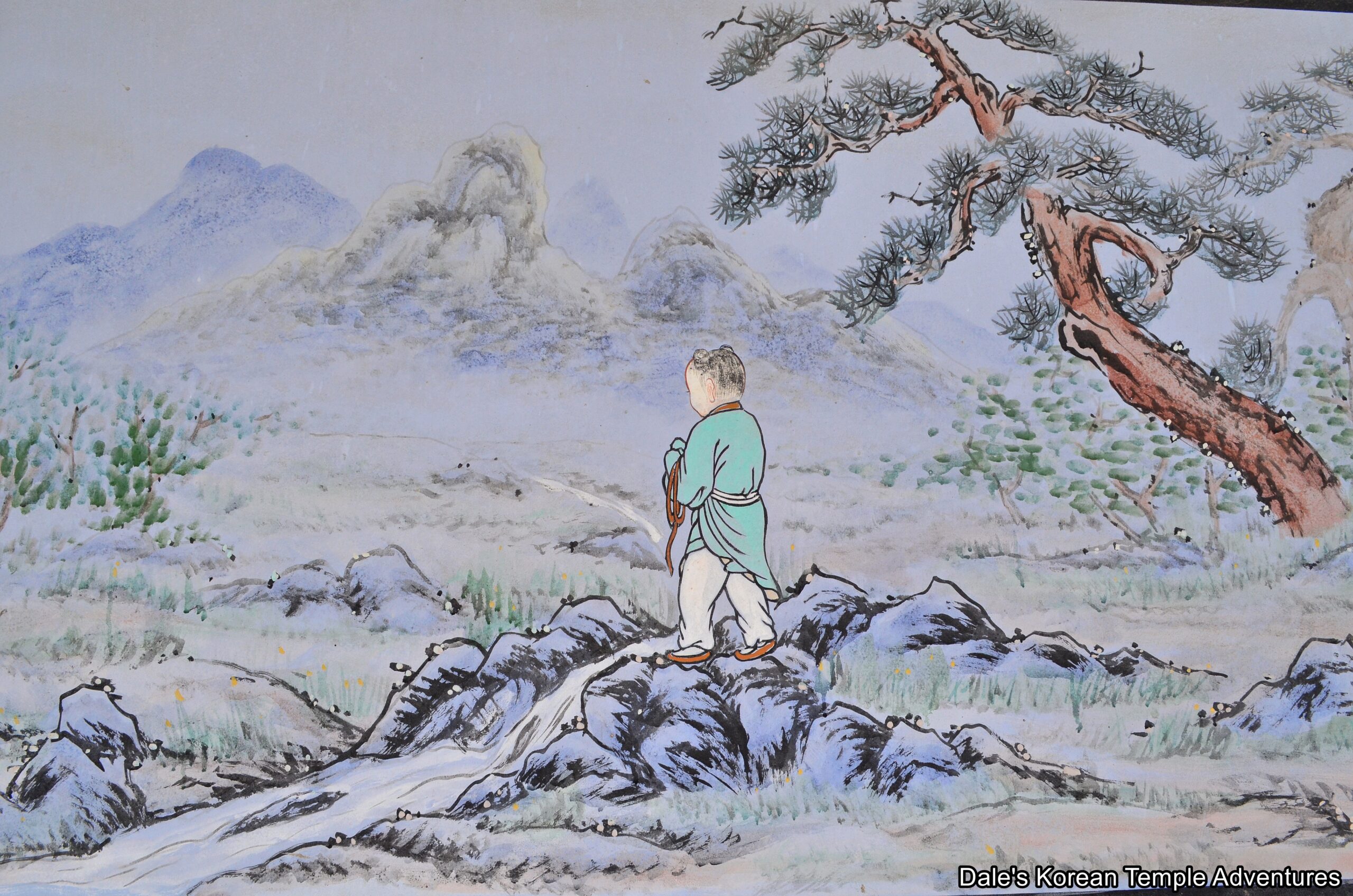
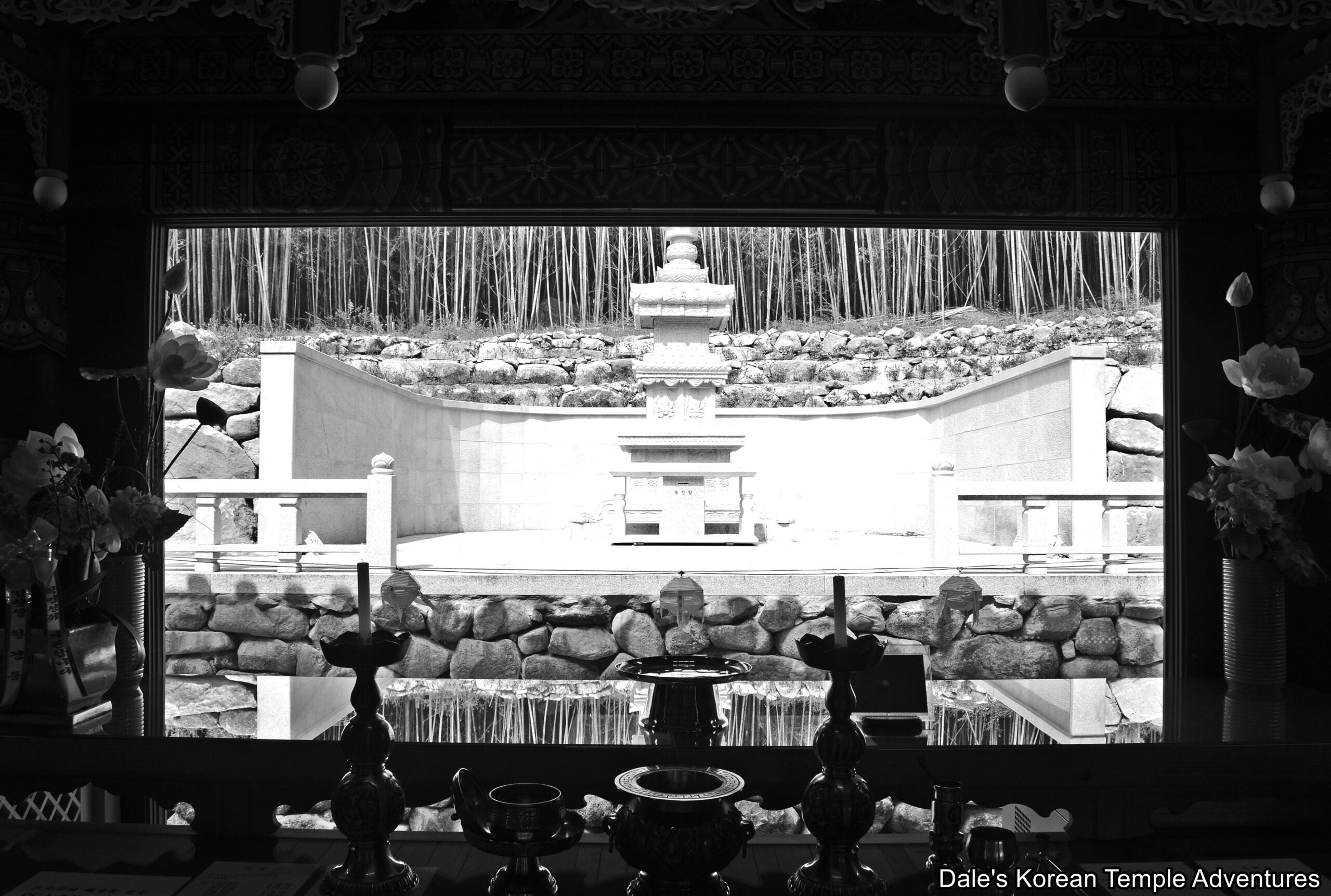
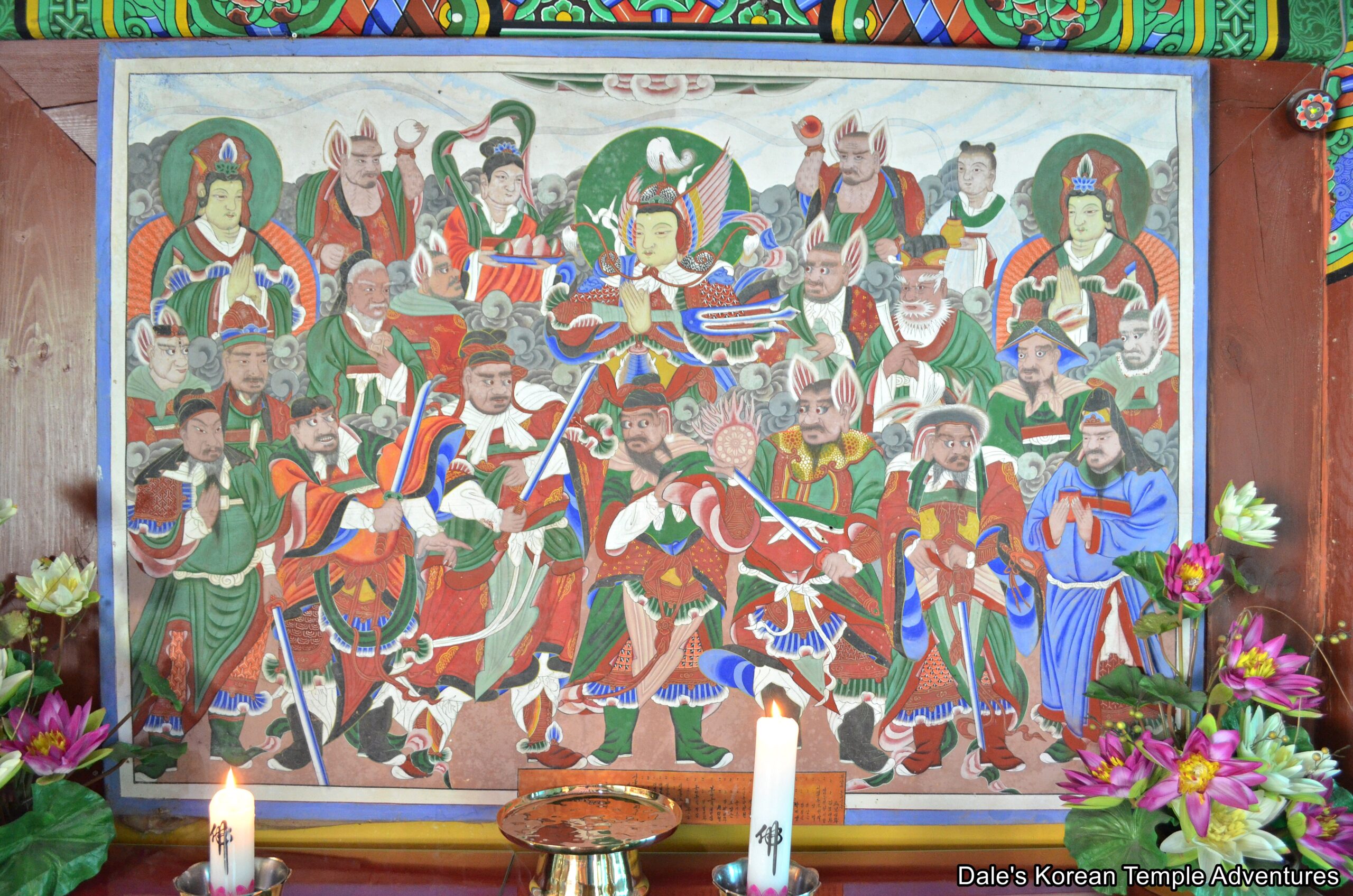
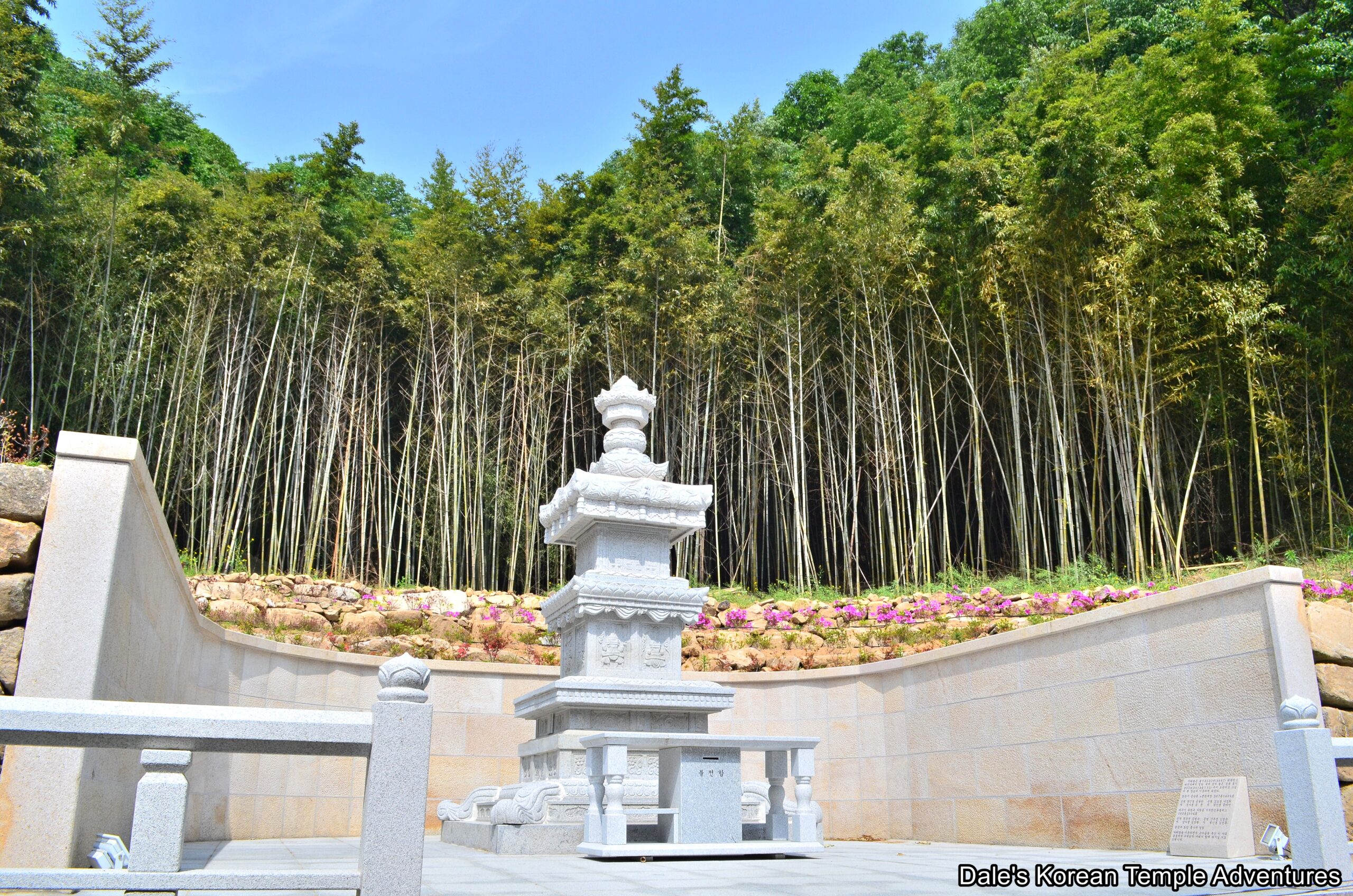
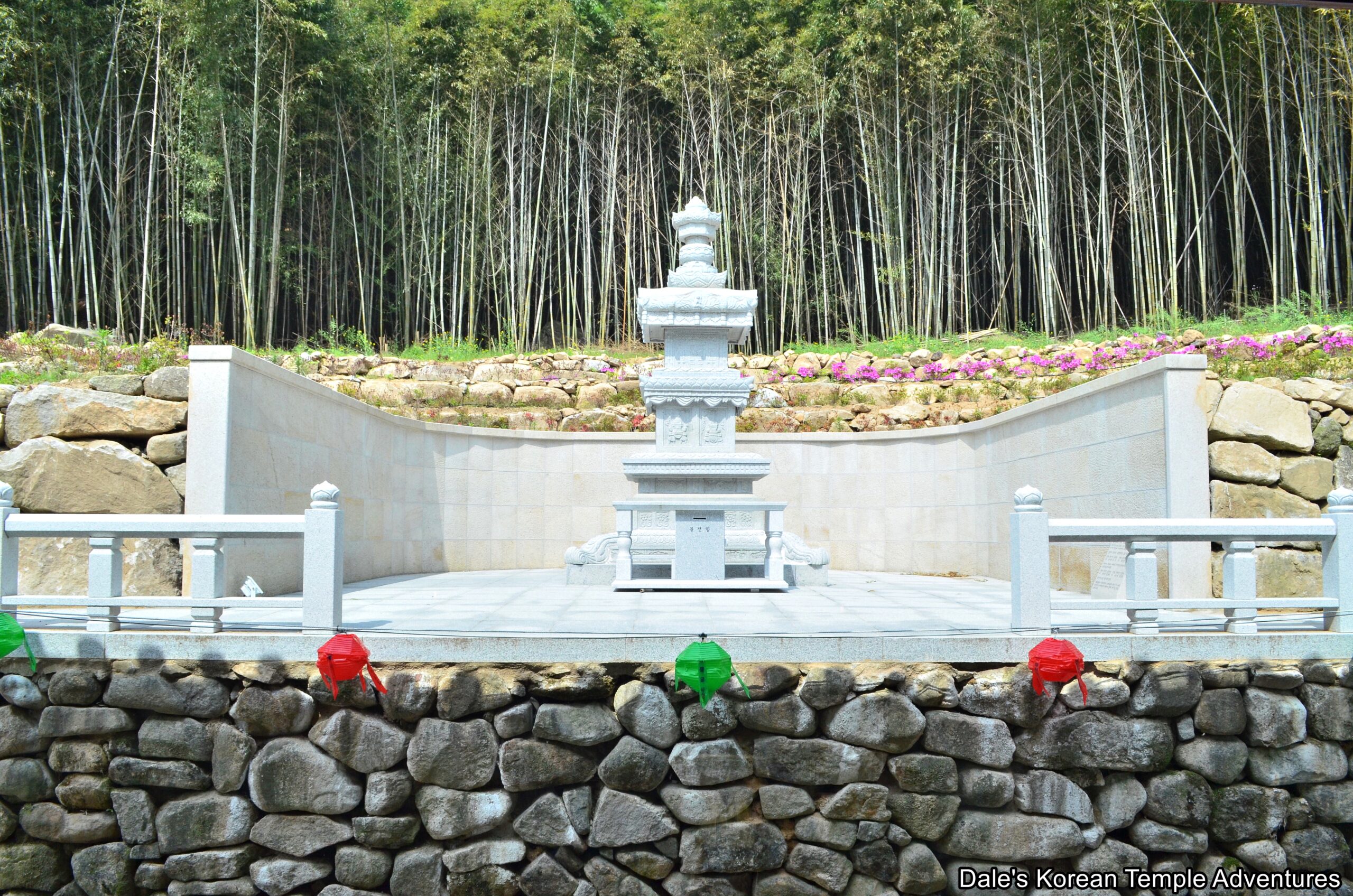
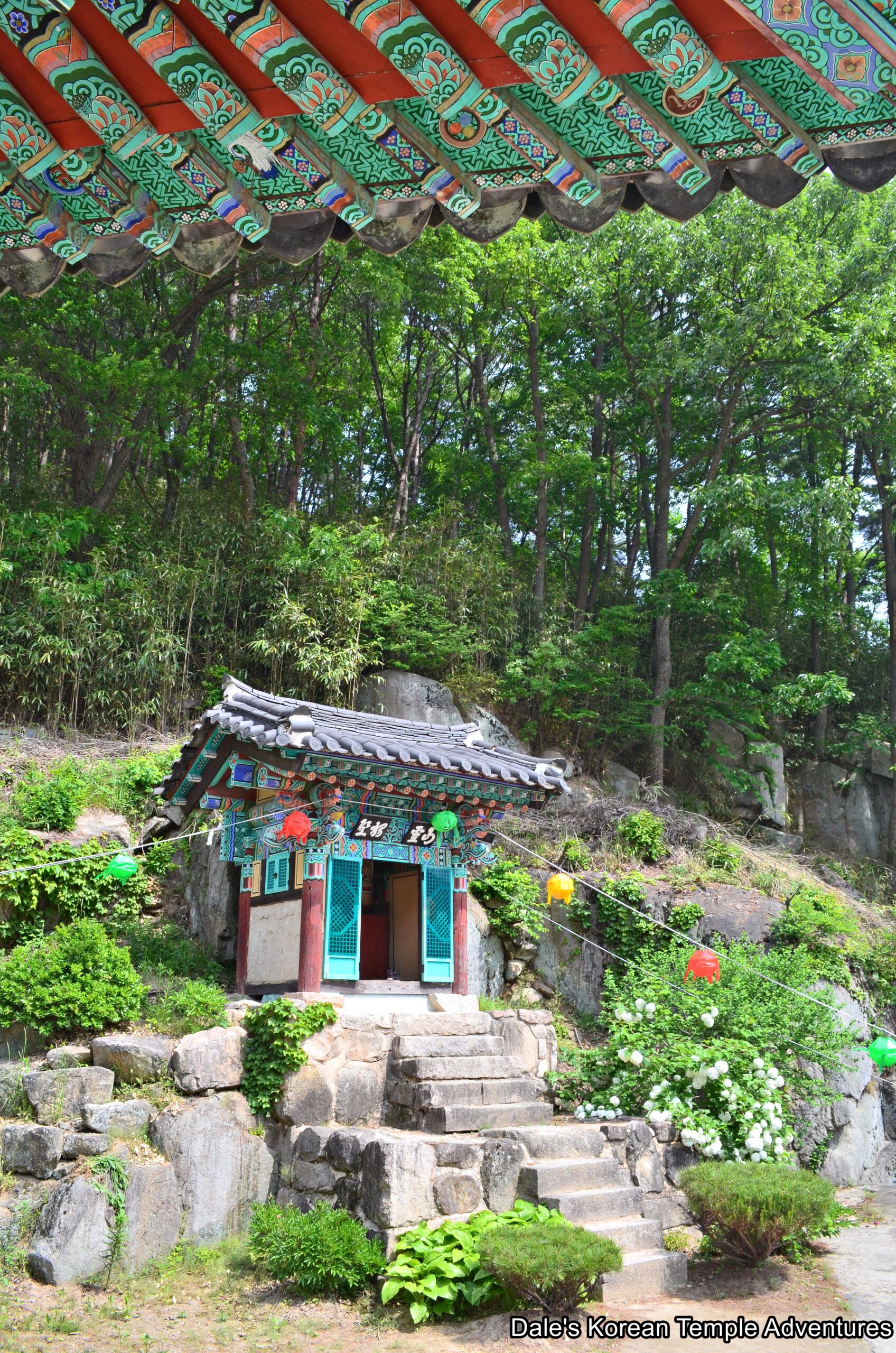
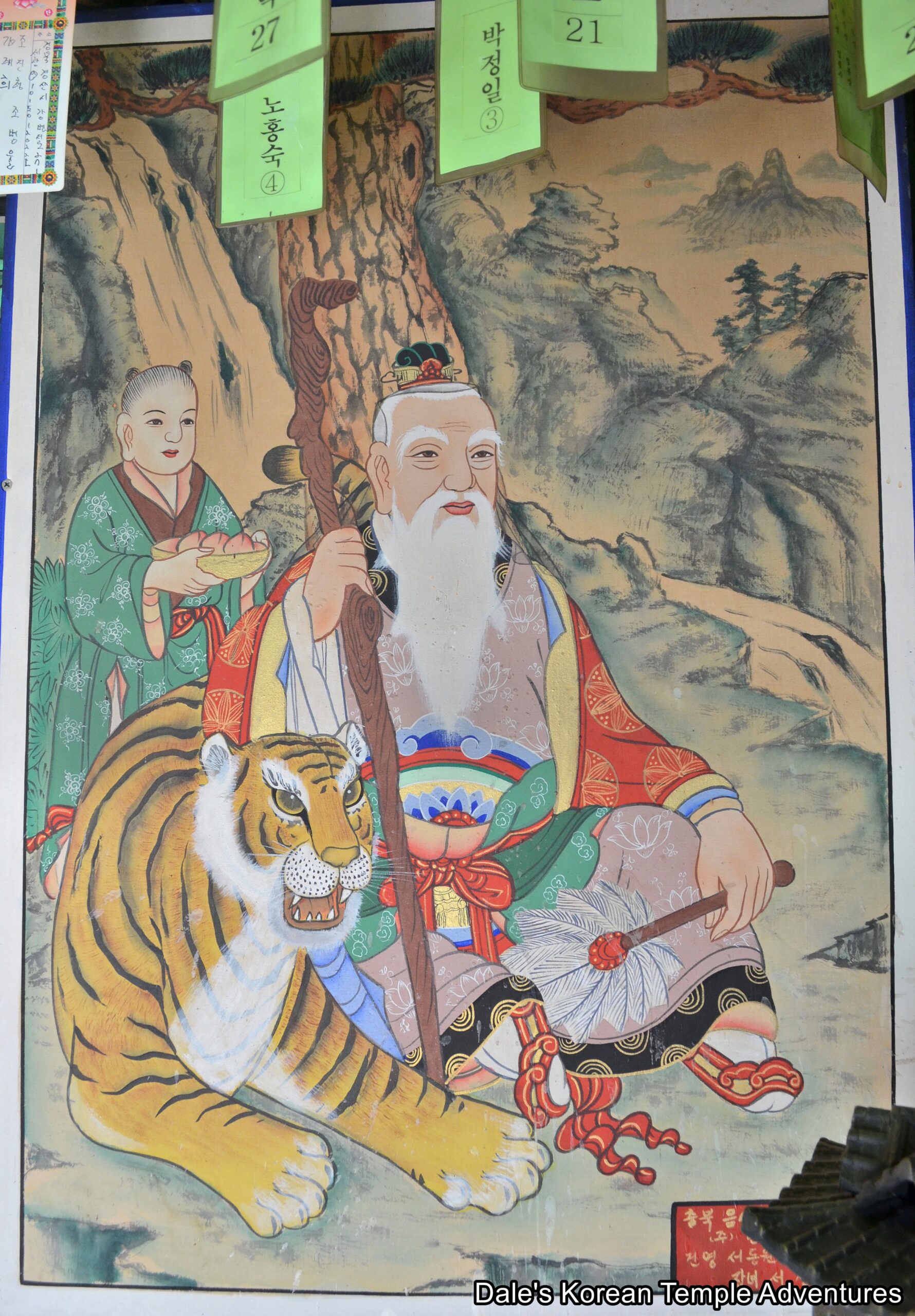
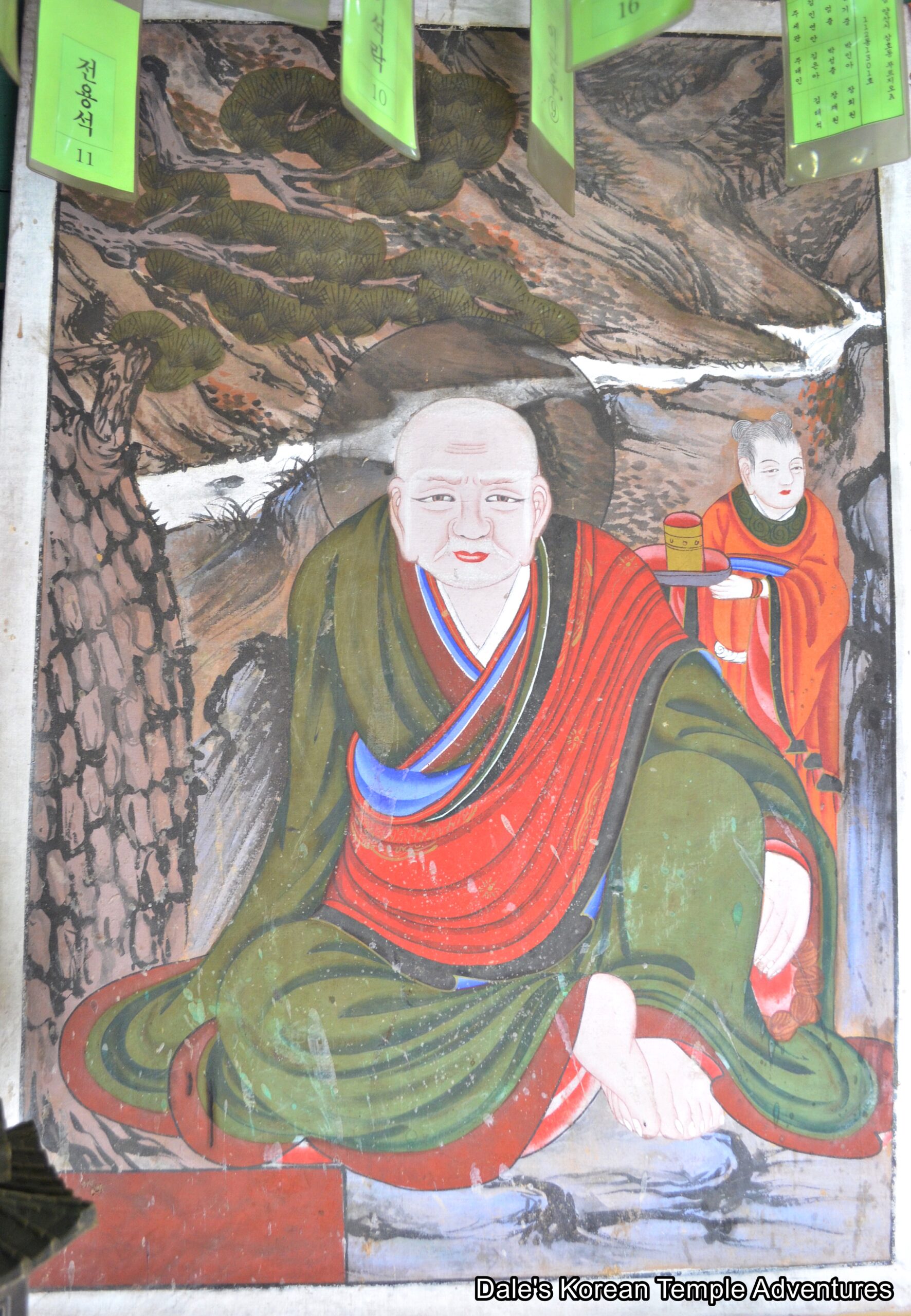

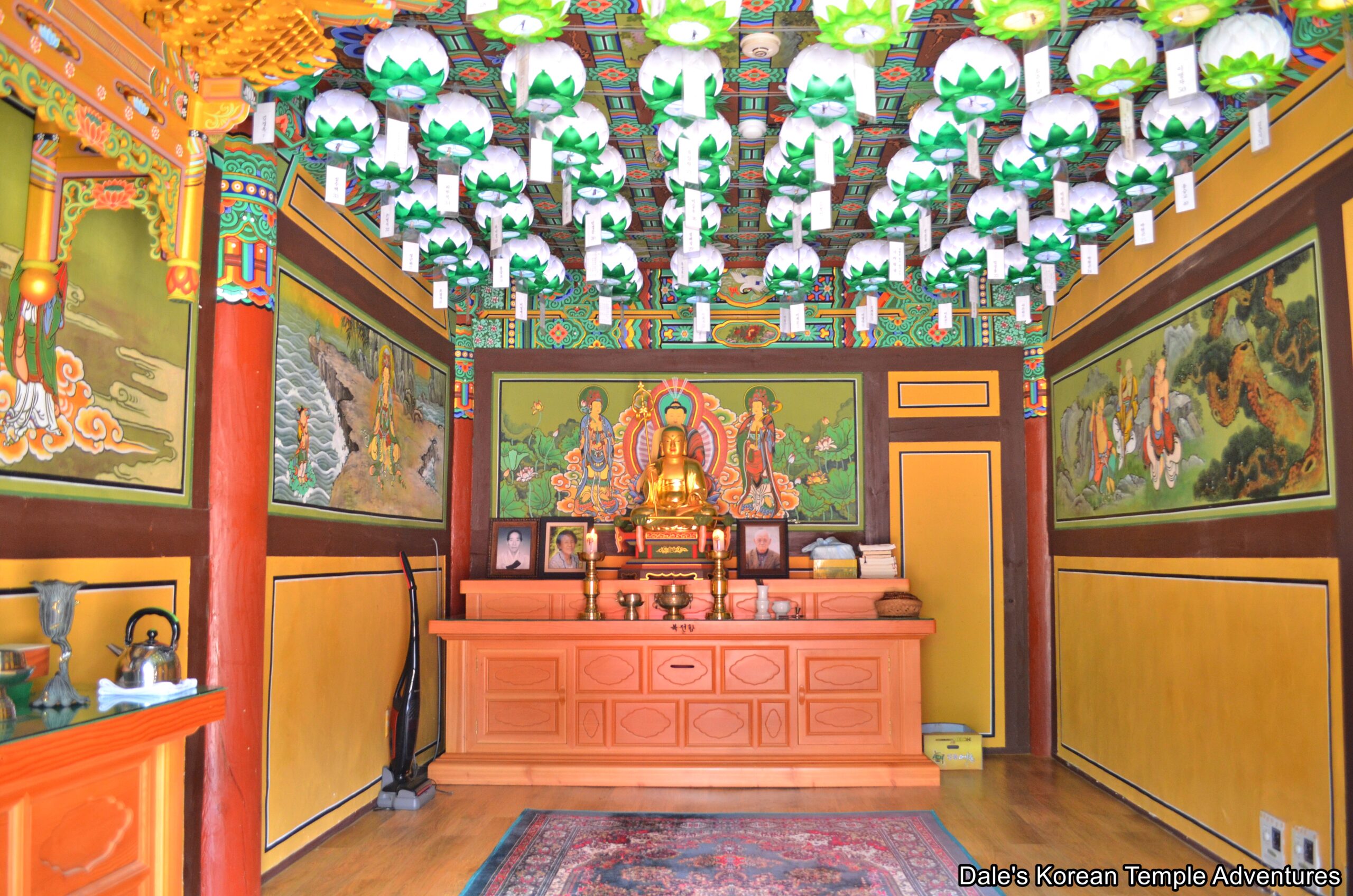
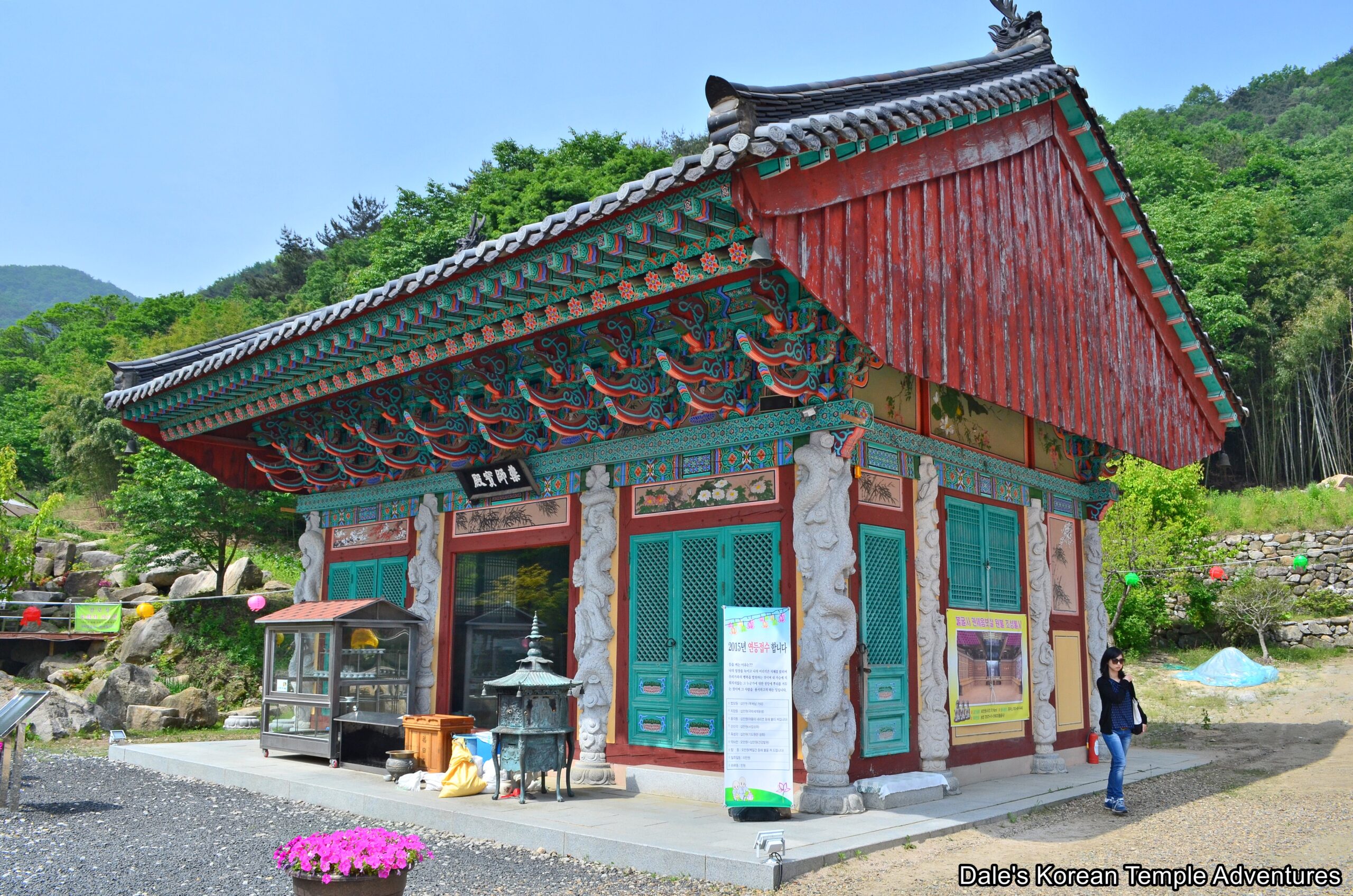
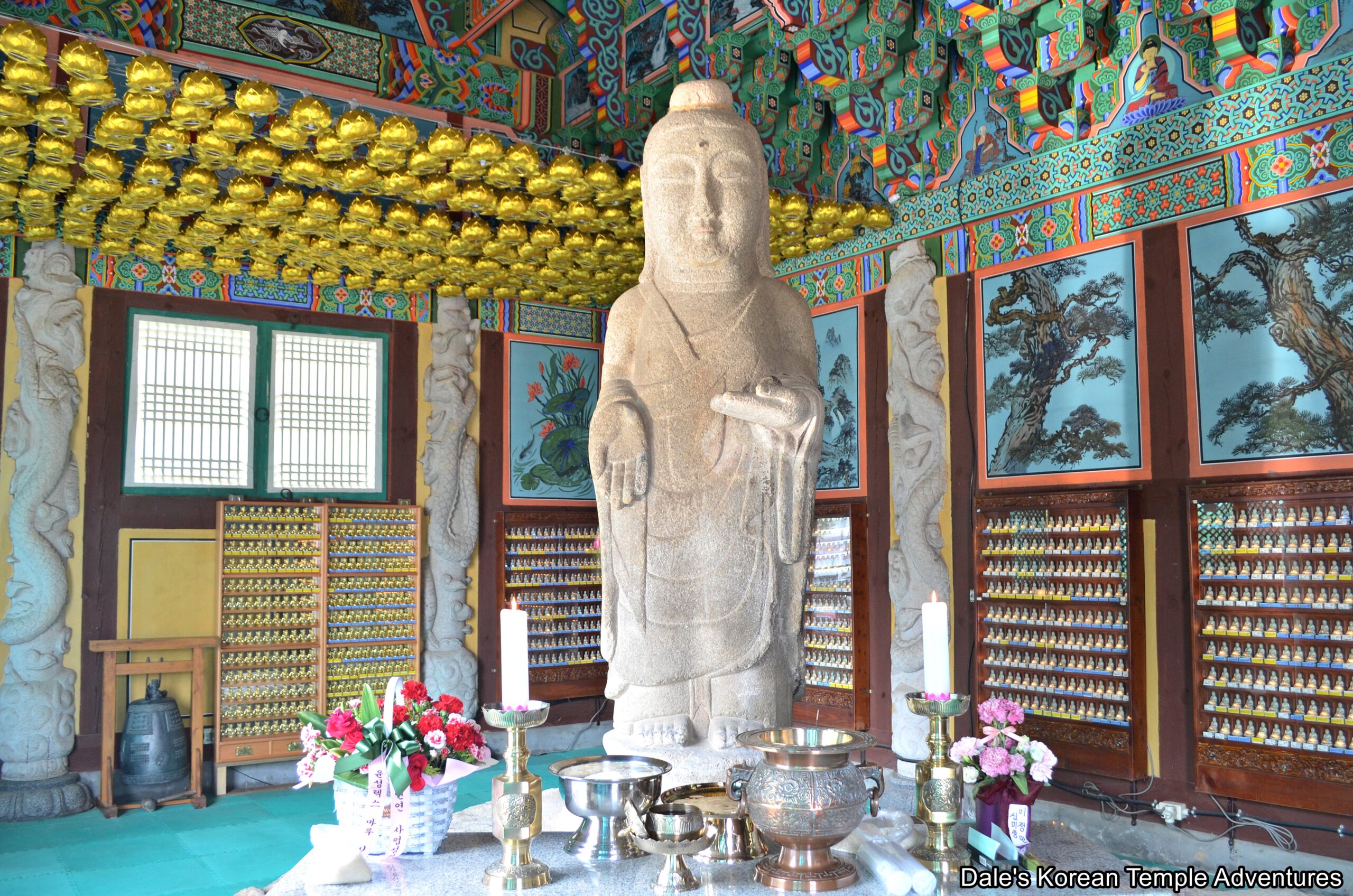
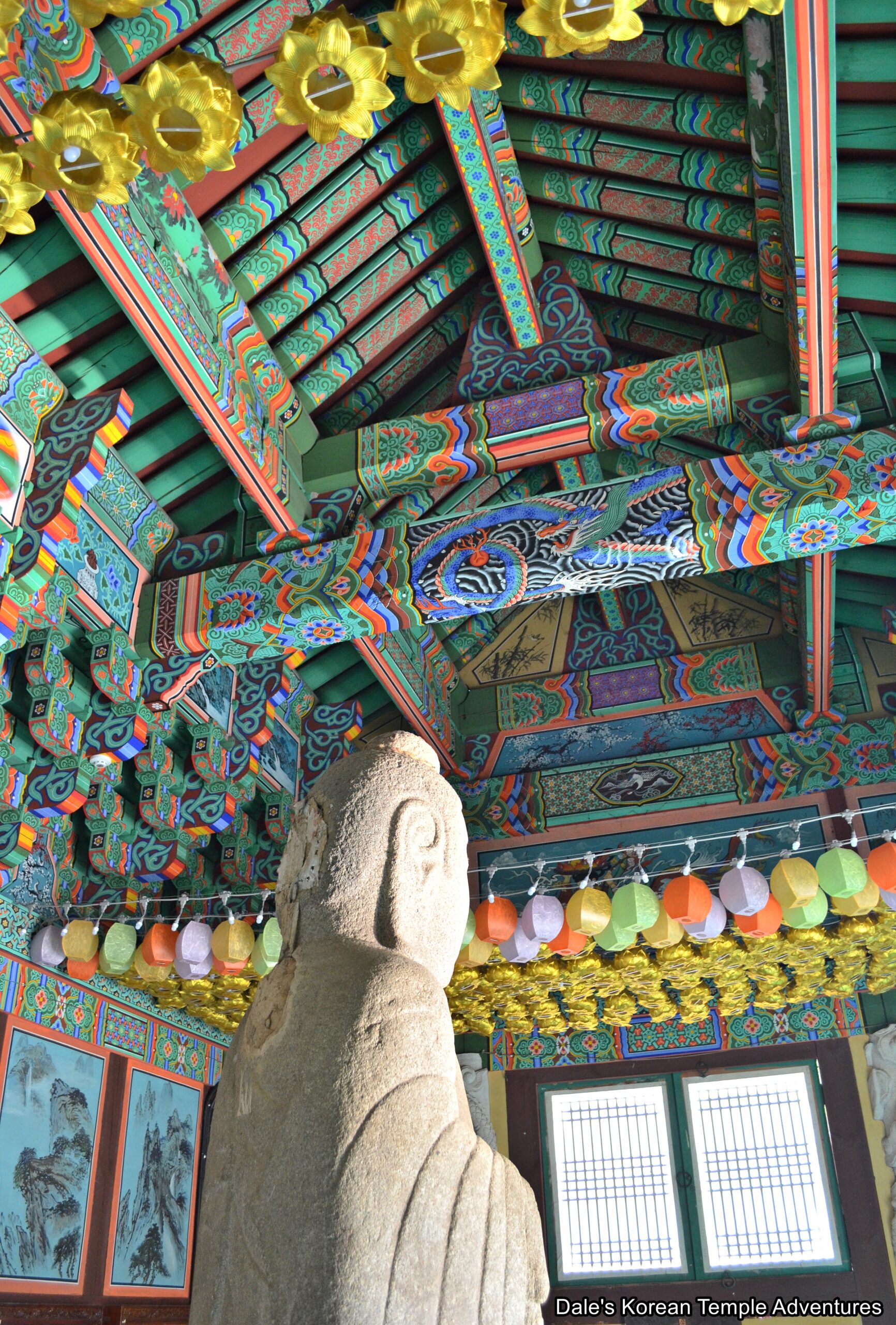


Recent comments